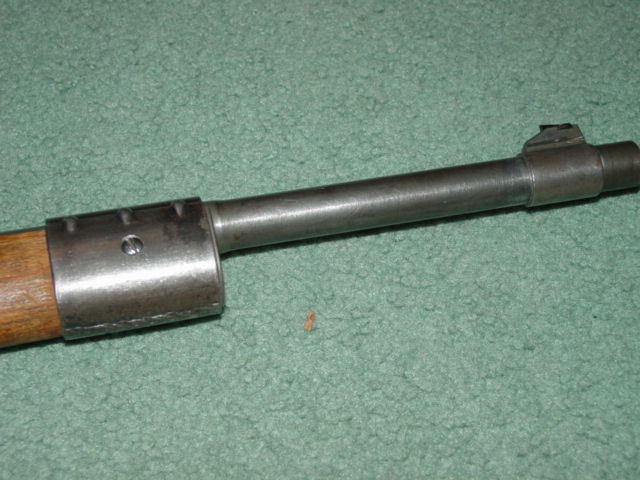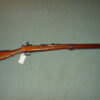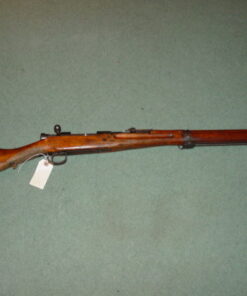snapper rifle ww2
Key Features
- Type: Bolt-action rifle.
- Caliber: 7.92×57mm Mauser.
- Length: Approximately 1,100 mm (43.3 inches).
- Weight: About 4.0 kg (8.8 lbs).
Development and History
- Origins: Based on earlier Mauser designs, the K98k was officially adopted in 1935 as a replacement for the K98.
- Production: Over 14 million units were produced during its service life, making it one of the most widely manufactured rifles of the era.
Design and Operation
- Mechanism: Features a smooth bolt-action mechanism known for its reliability and ease of use.
- Sights: Equipped with adjustable iron sights, allowing for effective long-range shooting.
- Construction: Made from high-quality materials, including hardwood stocks and steel components, contributing to its durability.
Impact and Legacy
- Military Use: The K98 was used extensively by German forces in various theaters, known for its effectiveness in both infantry and sniper roles.
- Cultural Significance: Today, the K98 is highly regarded among collectors and military historians, symbolizing German engineering and wartime history.
The K-98 served as the standard rifle for the German Army during World War II.
The Karabiner 98 Kurz, commonly known as the Kar98k or K98k, was a bolt-action rifle that became the standard infantry weapon of the Wehrmacht in 1935. It represented one of the final iterations in the lineage of Mauser military rifles.
The example displayed here is a late-war model. It features a slightly different wood color, and the buttstock lacks the metal donut for the takedown tool.
Be the first to review “WWII German Army K-98 Rifle-snapper rifle ww2” Cancel reply
Related products
WW II RIFLES
$490.00
WW II RIFLES
$580.00
WW II RIFLES
$500.00
WW II RIFLES
$1,100.00
WW II RIFLES
$2,870.00





















Reviews
There are no reviews yet.